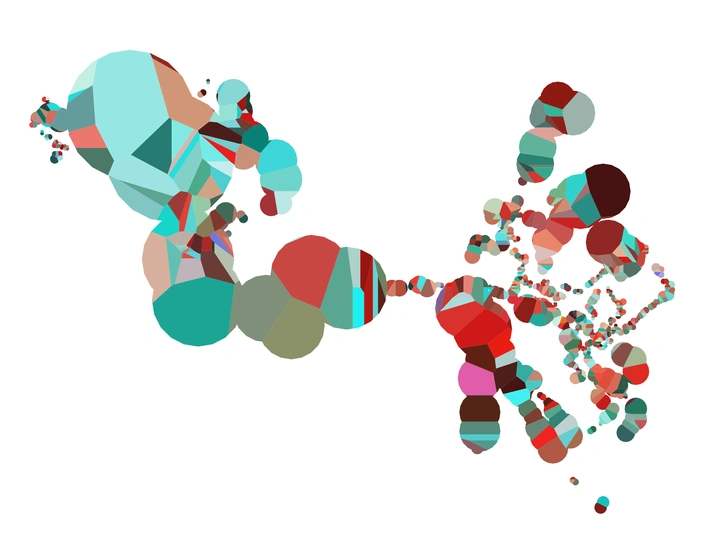Traces of Being

I'm an interdisciplinary artist working in the fields of architecture, multimedia art and music. My focus, as an artist, is to dissect the tensions of modernity - how such things as globalisation, exponential technological progress, markets, current-day nation-state politics both open up new venues for human thought and creativity and, at the same time, affix us to rigid structures beyond the grasp of a single being. I view modernity through the lens of H. P. Lovecraft - the systems of our own creation have grown to be above us, they're cosmic in a sense, the question then becomes how do we deal with something that's beyond us, yet is at the core of modern day existence? Through asking this question I come up not only at critical angles towards our current-day condition, but also touch upon mythology, mysticism, rituals forming in the current day. I usually approach my works as research and exhibit them not as a finished object, but as a path towards understanding a specific tension in society, showing all steps along the way. I've mostly worked with the Lithuanian Architecture Fund in their Experiments Platform, the interdisciplinary artist union, exhibiting my works in SODAS2123 and ENTITY gallery and 3022, a conglomeration of artists interested in speculative futurism, focusing on how art can make an impact on society.
Traces of being is an experimental urban mapping / spatial narrativisation project where space is charted out not based on its physical qualities, but rather represented as a network, diagram or text of phenomenological attributes and states of being.
Through experimenting with mapping I aim to create an alternative mode of reading and making sense of space that’s more relateable, physical and human than objective maps.
The idea is to analyse space through a psycho-visual lens and non-visual aspects, trying to arrive at certain techniques of gaging and categorising these qualities, for example, mapping out the colour spectrum of space and delineating colour changes and pallets of certain areas, thus creating a sort-of mood or atmospheric map and et cetera.
This expands on the idea of psycho-geographic maps, developed in the mid-20th century by The Situationists International (Guy Debord in particular), where they, in their own words: “studied the precise laws and specific effects of the geographical environment, consciously organised or not, on the emotions and behaviour of individuals.”. I aim to try and abandon geography all together in place of diagrammatic representation that’s closer to hypertexts of interconnecting members through associative qualities (what I’d call associative diagrams) or possibly arriving at other forms altogether.
This greatly interests me as a project as I feel that the etherial qualities of spaces are often treated as second-tier in architecture or urbanism as it’s hard to measure and quantify them, yet, when being in, experiencing space, these qualities shape our understanding usually much more than the physical dimension. Trying to find some medium for expressing them then becomes also an effort to make better sense of the world that surrounds us and as a displacing force for the influences of capital / investment driven development, that finds logical footing when judging only through a physical lens.